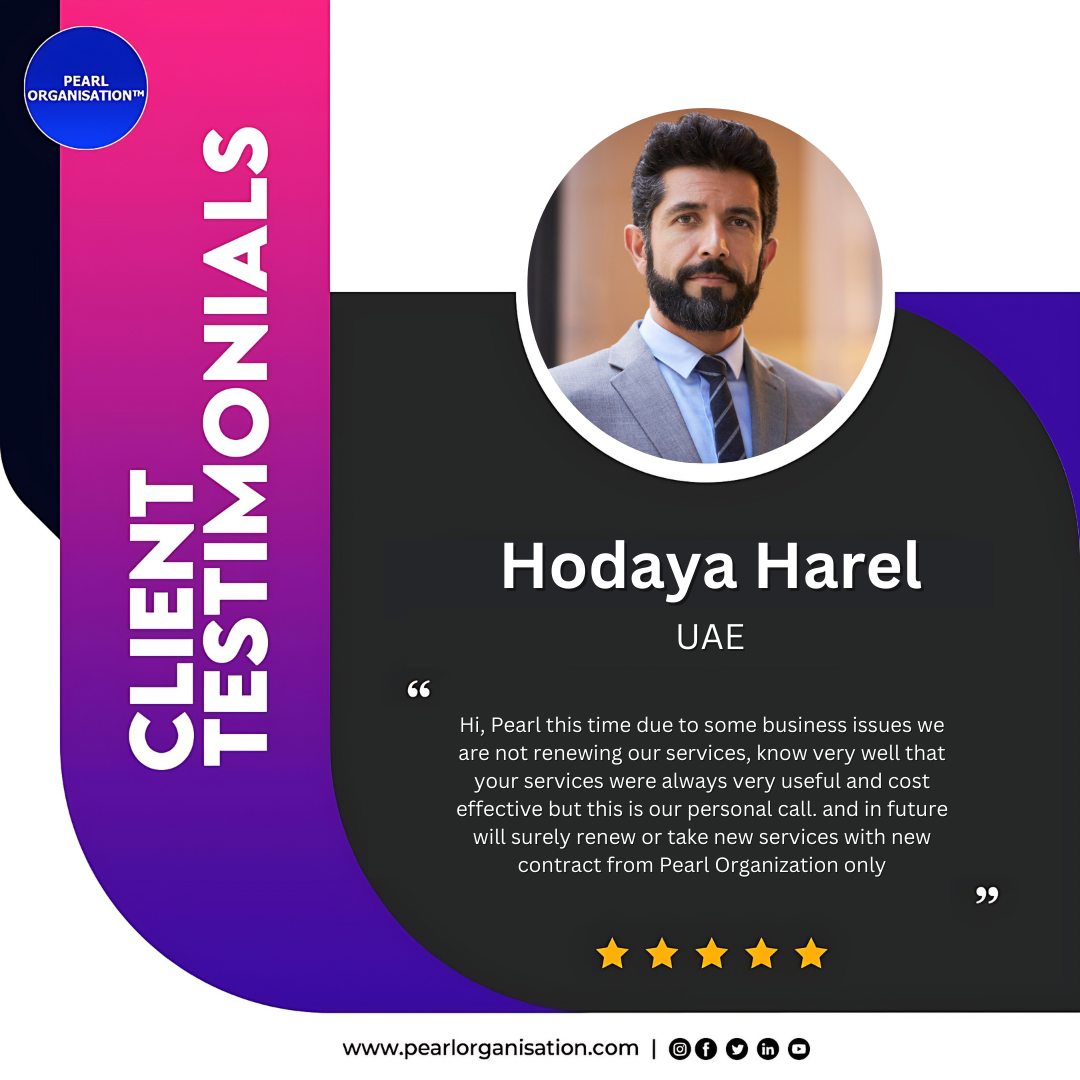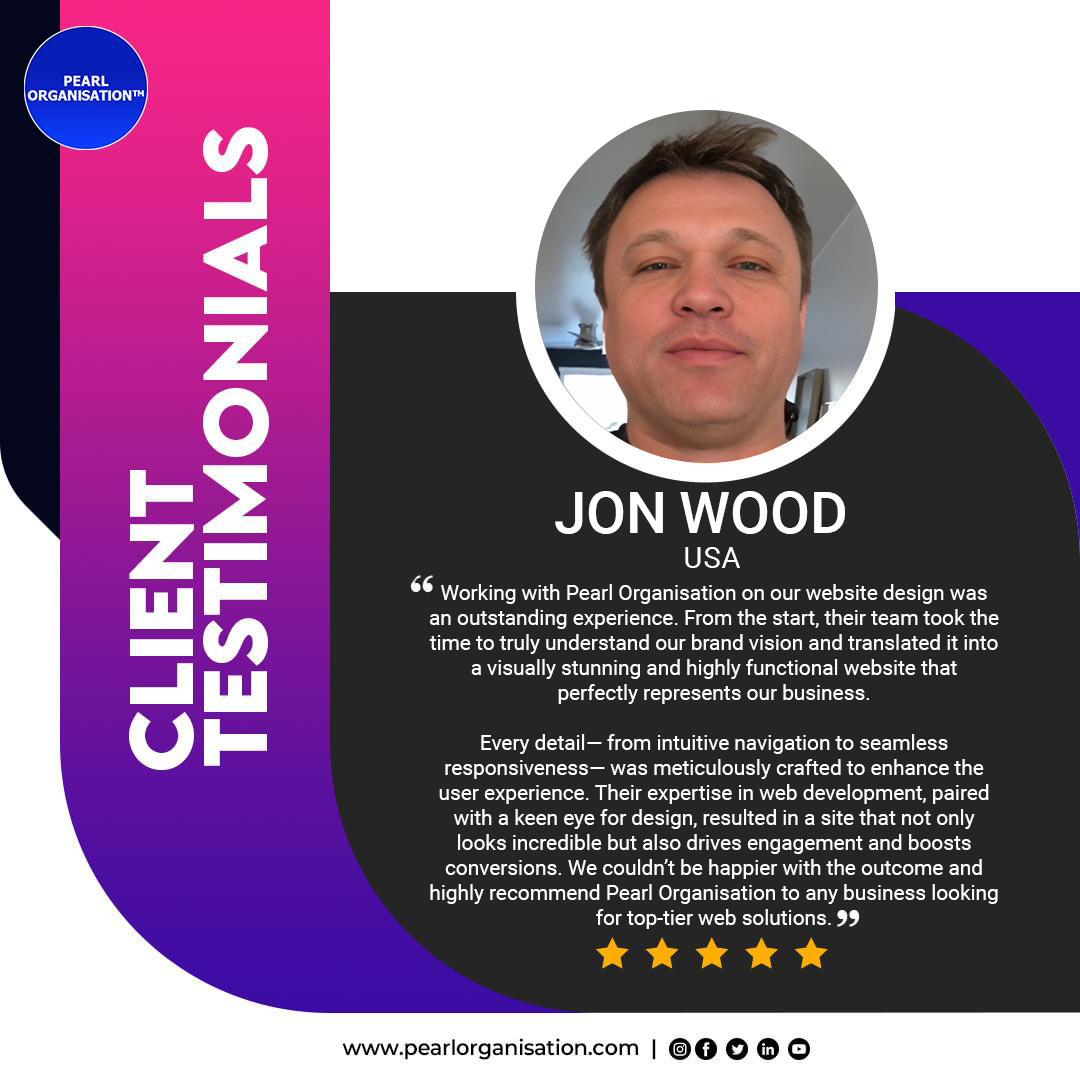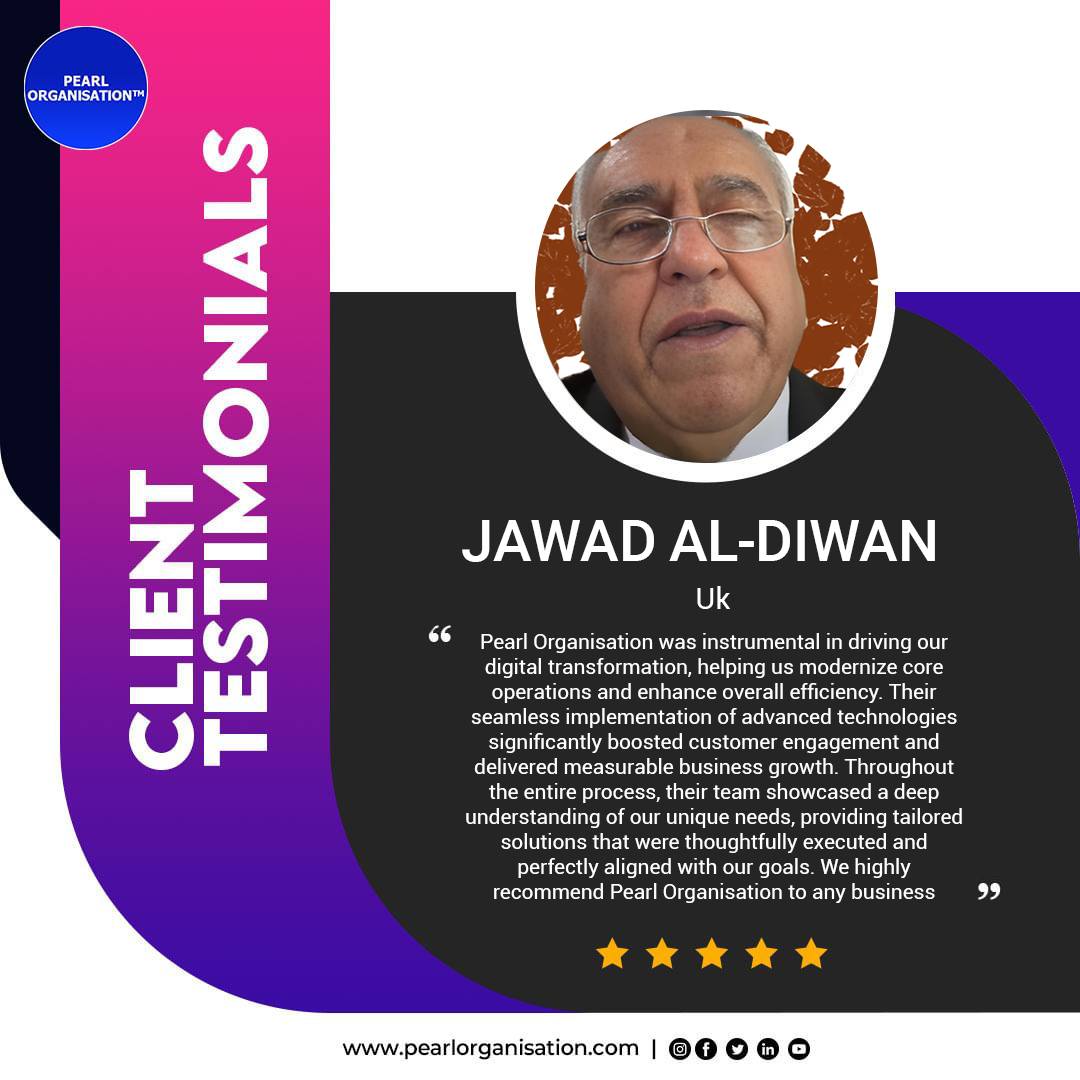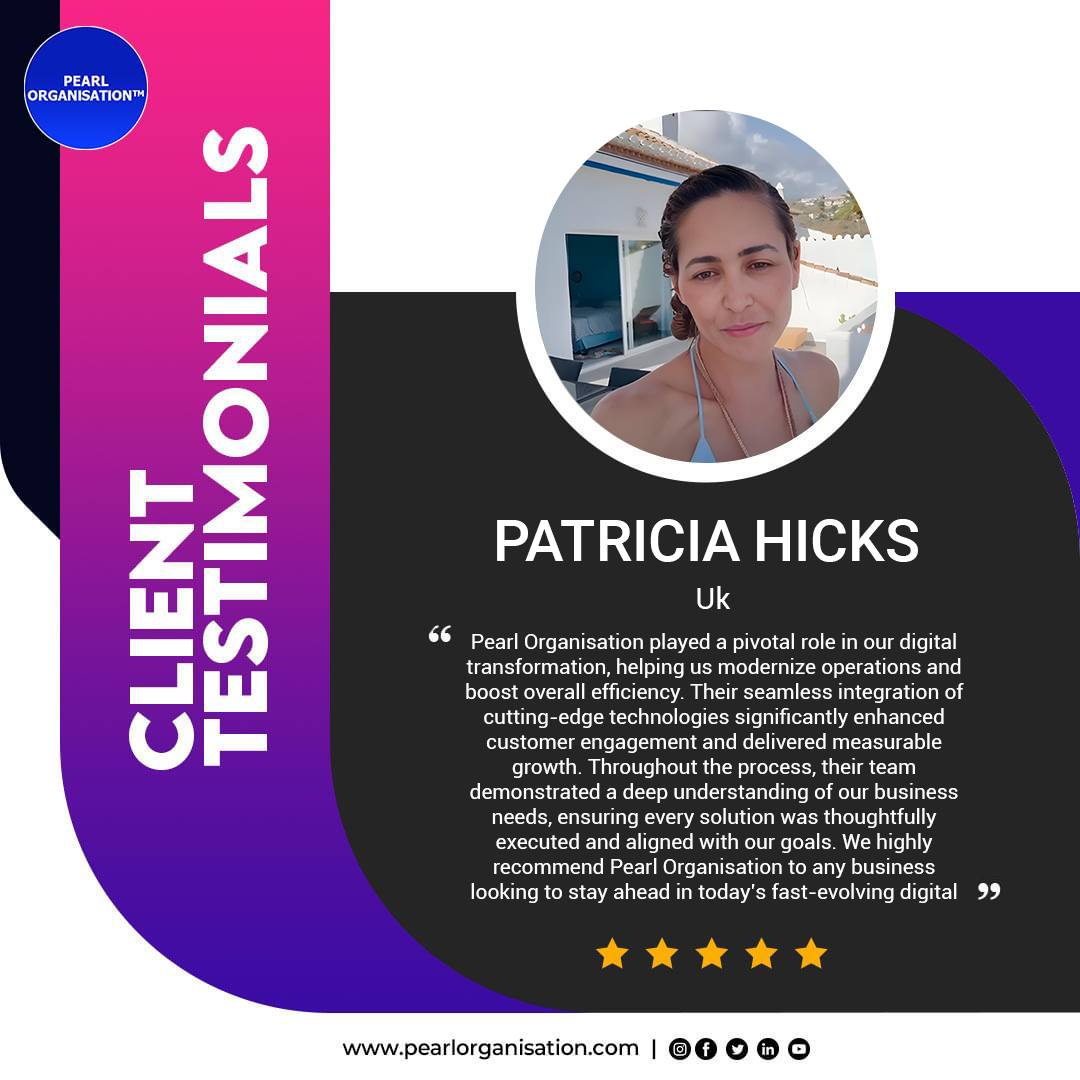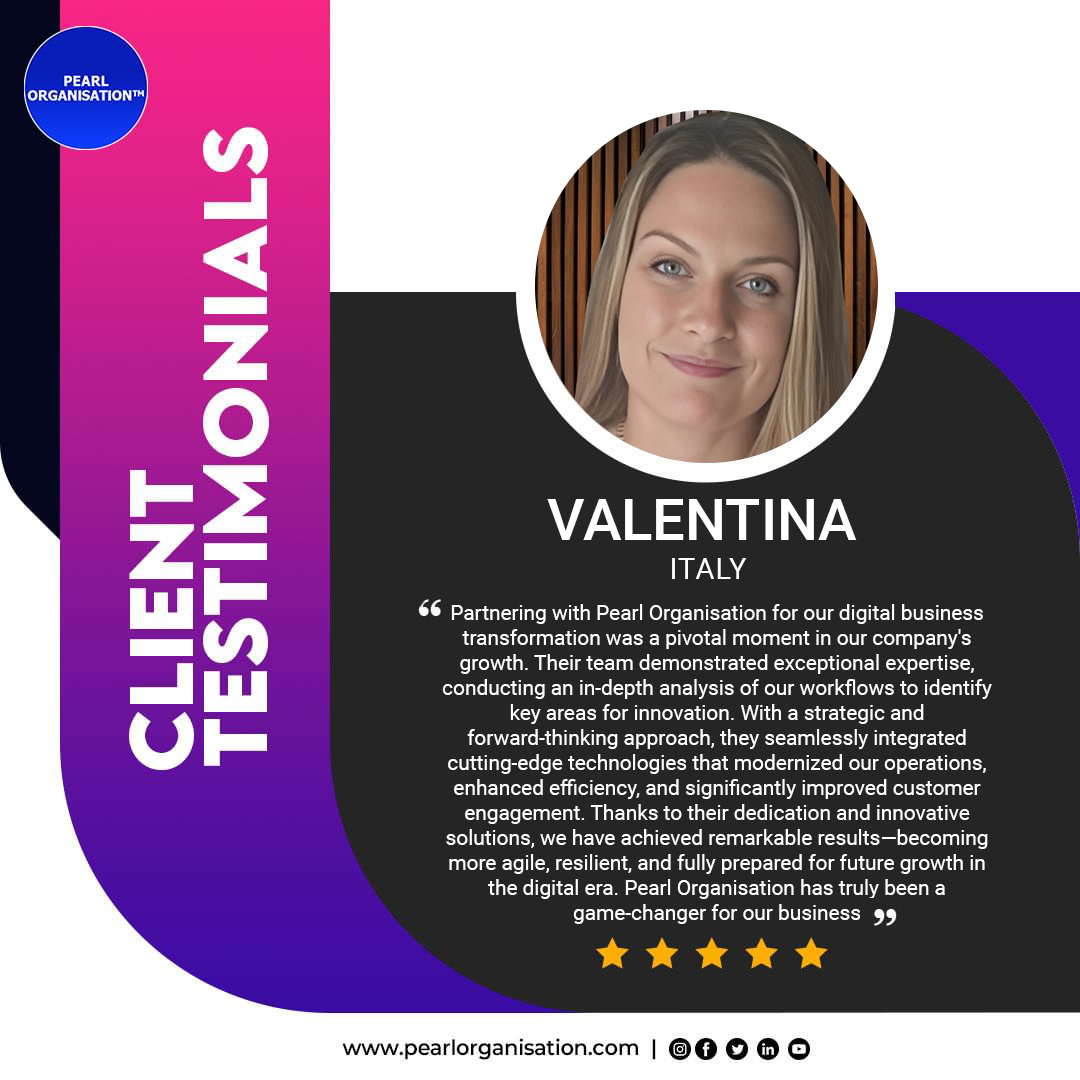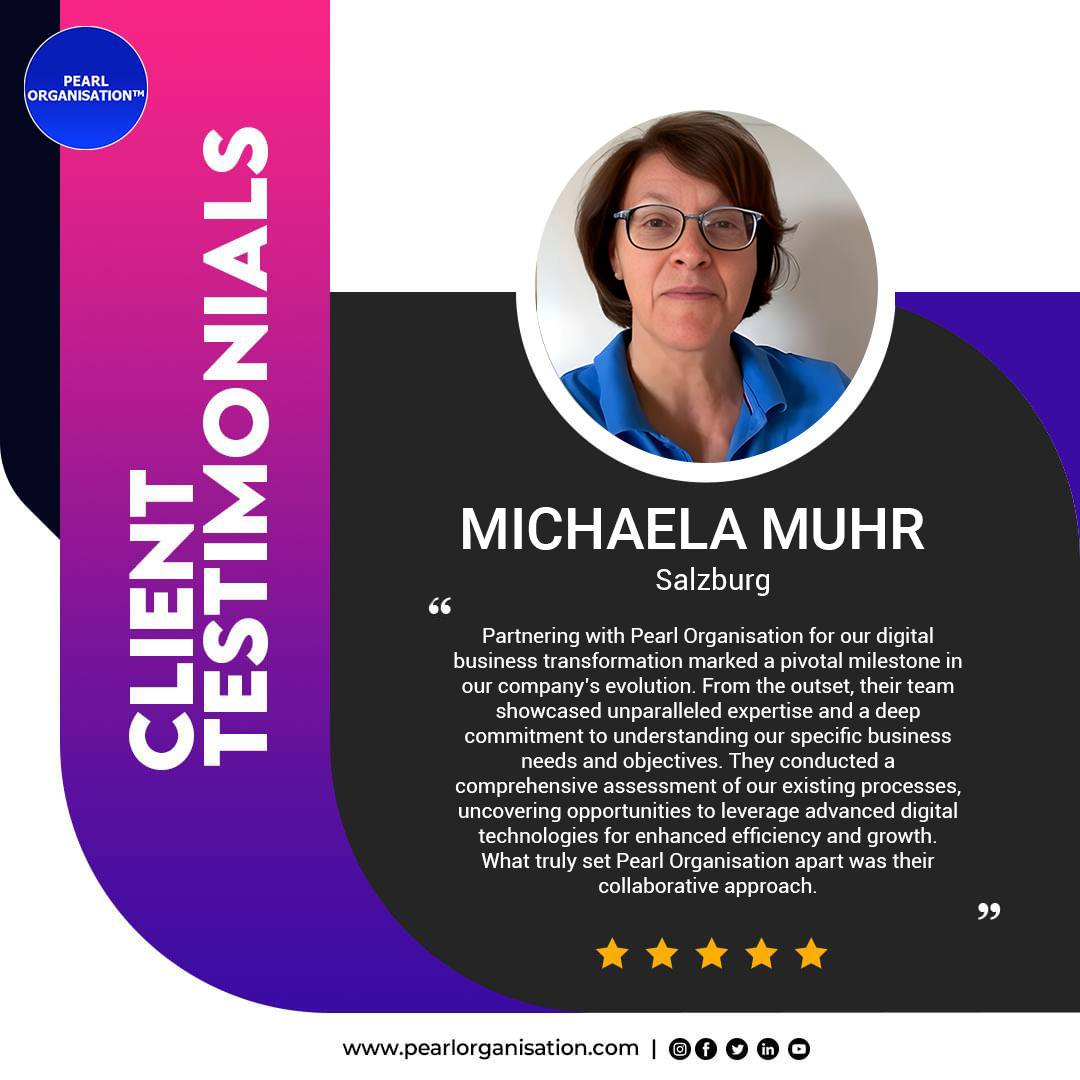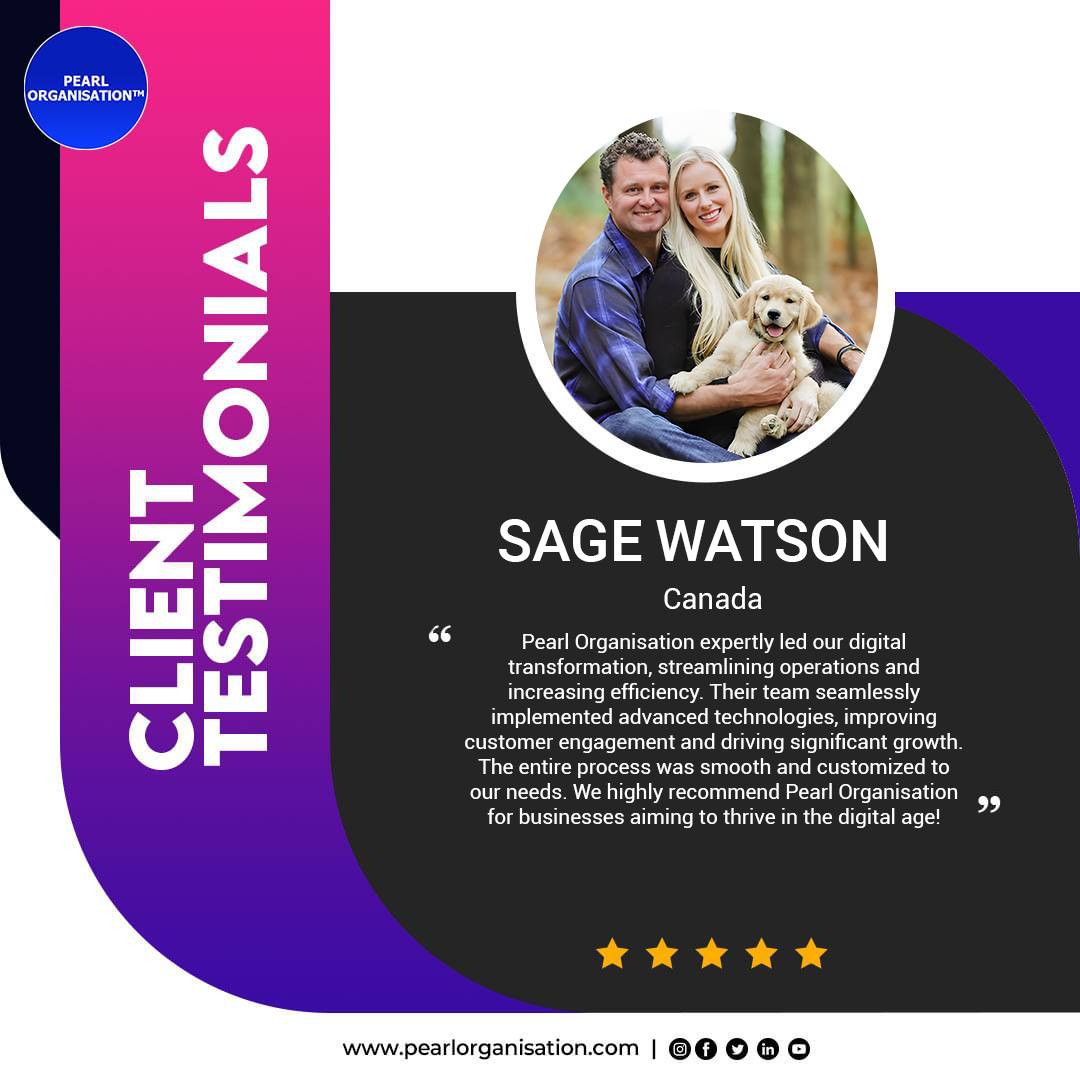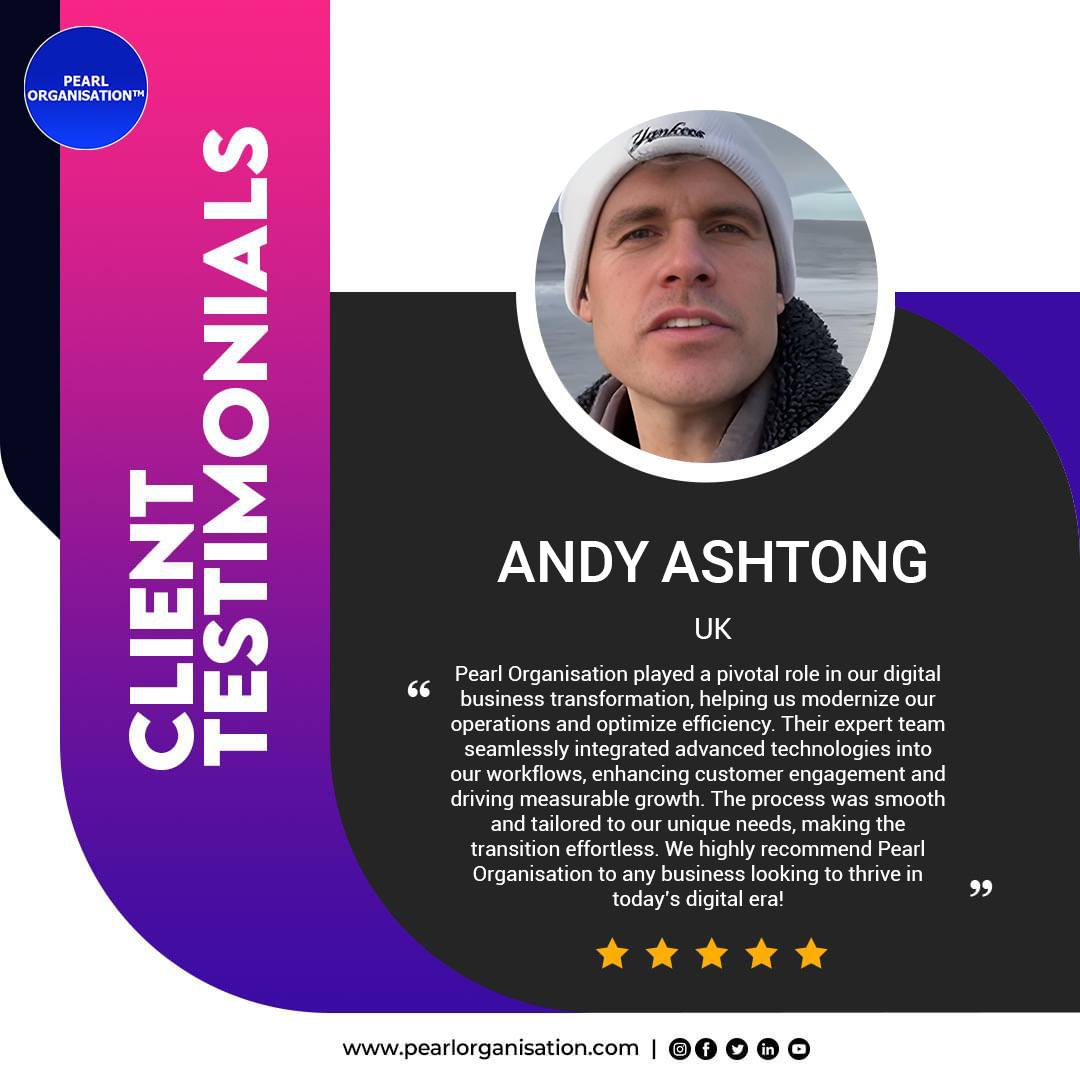PWAs vs. Native Apps: Making the Right Choice for Your Product
- Larrisa

- Jun 20
- 6 min read

In today’s fast-moving digital economy, the decision between building a Progressive Web App (PWA) or a native mobile application can significantly impact your product’s success, scalability, and cost efficiency. Each approach offers unique advantages and limitations—making the right choice requires a careful balance of user experience, budget, development timeline, and business goals.
At Pearl Organisation, we help startups, enterprises, and global brands navigate this crucial decision by aligning technology with business strategy. In this article, we unpack the core differences between PWAs and native apps and guide you toward the right fit for your application development journey.
🔍 What Is a Progressive Web App (PWA)?
A Progressive Web App is a web-based application that behaves like a native mobile app but runs within a browser. PWAs combine the best features of websites and mobile apps using modern web technologies such as HTML5, CSS3, JavaScript, Service Workers, and Web App Manifests.
✅ Key Features of PWAs:
Works offline or with poor internet (via caching)
Can be installed on home screen (no app store needed)
Push notification support
Fast load times and responsive design
SEO indexable (unlike native apps)
📱 What Is a Native App?
A native application is built using platform-specific programming languages and SDKs—for example, Swift or Objective-C for iOS, and Java or Kotlin for Android. Native apps are distributed through app stores and offer full access to the device’s hardware and OS features.
✅ Key Features of Native Apps:
Deep hardware access (camera, Bluetooth, sensors)
Superior performance and responsiveness
Platform-specific UI/UX elements
Background processing and system-level services
In-app purchases and monetization features
🧠 Key Differences Between PWAs and Native Apps
Feature / Capability | Progressive Web App (PWA) | Native Mobile App |
Platform Compatibility | Works on all modern browsers/devices | Requires separate build per OS |
Installation | Installed via browser prompt | Installed via App Store/Play Store |
Access to Device Features | Limited (no full access to all APIs) | Full access to all device features |
Performance | Good, but browser-dependent | Excellent – optimized per platform |
Offline Functionality | Yes (via service workers) | Yes (native APIs) |
Development Cost | Lower (single codebase) | Higher (requires separate codebases) |
Time to Market | Faster | Slower |
App Store Visibility | Not listed | Listed (increased discoverability) |
Security | HTTPS enforced | OS-level sandboxing and encryption |
SEO Benefits | SEO-friendly (indexable content) | Not SEO indexable |
💼 Business Scenarios: Which One Should You Choose?
Choose PWA if:
You need a fast, affordable launch
Your audience is not focused on app store discovery
Your app requires basic offline support and push notifications
Your primary goal is reach over advanced mobile features
You want a single codebase across mobile + desktop
Example Use Cases:
E-commerce portals, content platforms, online booking tools, internal workforce tools
Choose Native App if:
Your product demands maximum performance
You require advanced hardware integrations (camera, GPS, biometric login)
You need monetization via app stores (subscriptions, in-app purchases)
Your target audience expects platform-specific UI and performance
You want to launch in Apple App Store and Google Play
Example Use Cases:
Fintech apps, gaming platforms, social media apps, health & fitness trackers, ride-hailing apps
📊 Cost & Timeline Comparison
Parameter | PWA | Native App |
Development Time | 4–6 weeks | 10–16 weeks |
Development Cost | ₹1.5L – ₹3.5L (single codebase) | ₹4L – ₹10L+ (per platform) |
Maintenance | Easy – 1 codebase | Costlier – multiple versions |
Distribution | Instant via browser | App store approvals needed |
Pearl Organisation Insight:
We help clients assess both short-term ROI and long-term scalability, ensuring you don’t overinvest in the wrong platform.
🛠️ Pearl Organisation’s Capabilities
At Pearl Organisation, our app development process includes:
Whether you choose PWA, Native, or a hybrid Flutter-based solution, we deliver quality, speed, and future-readiness.
🎯 Final Verdict: PWA or Native—Which One Wins?
Goal / Priority | Recommended Option |
Faster time to market | ✅ PWA |
Cost-effective cross-platform presence | ✅ PWA |
Rich device feature integration | ✅ Native App |
Best performance and UI responsiveness | ✅ Native App |
SEO visibility and browser discoverability | ✅ PWA |
Monetization via app stores | ✅ Native App |
Still unsure? That’s where we come in.
🚀 Ready to Launch Your App with Confidence?
Let Pearl Organisation help you define the right architecture and roadmap for your product—whether that means launching a lean MVP with a PWA or building a robust, enterprise-ready native mobile app.
💬 Frequently Asked Questions (FAQs)
Q1. What is the global adoption rate of PWAs compared to native apps?
Progressive Web Apps (PWAs) are seeing rapid global adoption, especially in emerging markets where internet bandwidth is inconsistent. According to recent statistics:
Over 50% of global users prefer lightweight apps with offline access.
PWAs have driven up to 300% increase in engagement for brands like Twitter, Starbucks, and Flipkart.
In North America and Europe, native apps remain dominant for high-performance use cases like gaming, banking, and social networking.
Conclusion: PWAs are gaining momentum globally, but native apps still lead in app-store-heavy ecosystems.
Q2. Are PWAs supported on iOS and Android across all countries?
Yes—but with limitations.
On Android, PWAs are fully supported, including push notifications, offline mode, and home screen installation.
On iOS, support exists but is partially limited. For example, push notifications and background sync were only introduced in iOS 16+ and require Safari as the browser.
In regions where iOS has a larger market share (e.g., USA, UK, Australia), native apps may still offer a more consistent experience.
Q3. Which regions prefer native apps over PWAs?
Regions with high smartphone penetration, advanced hardware ecosystems, and mature app economies—such as:
United States
Japan
South Korea
Germany
Australia
—tend to prefer native apps due to the seamless performance, deep system integration, and app store discoverability.
However, in countries like India, Brazil, Indonesia, South Africa, and the Philippines, PWAs are widely adopted due to lower data costs and device limitations.
Q4. Are PWAs suitable for enterprise-level global applications?
Yes—many global enterprises are shifting to PWA-based internal and external applications due to benefits such as:
Instant global access via browser
Lower infrastructure and update costs
Easier deployment across multilingual regions
Better compatibility with low-power devices and shared enterprise environments
Pearl Organisation has deployed PWAs for clients in Europe, Asia, and MENA who required scalable, multilingual enterprise solutions without the burden of separate native apps.
Q5. Do PWAs offer GDPR and data privacy compliance globally?
PWAs can absolutely be compliant with GDPR, CCPA, and other international privacy regulations, provided that:
Pearl Organisation integrates privacy-by-design principles and ensures every app—PWA or native—is ready for audits in Europe, North America, Australia, and other regulated markets.
Q6. How does app store visibility differ globally between PWAs and native apps?
Native apps benefit from distribution via Google Play and Apple App Store, which are heavily used in countries like the US, UK, UAE, and Australia.
PWAs, on the other hand, do not require app store listing. This benefits countries with:
Lower app store penetration
Limited access to payment gateways
Censorship or restrictions (like China or Russia)
Global Strategy Tip: Combine both—a native app for app store visibility and a PWA as a web-accessible companion to maximize market penetration.
Q7. What are the cost differences globally between building PWAs and native apps?
Region | PWA Development (Avg.) | Native App Development (Avg./Platform) |
India | $2,000 – $5,000 | $5,000 – $12,000 per platform |
US & Canada | $10,000 – $25,000 | $25,000 – $80,000 per platform |
UK & EU | €8,000 – €20,000 | €20,000 – €60,000 per platform |
Australia | AUD 12,000 – AUD 30,000 | AUD 25,000 – AUD 90,000 per platform |
Middle East | $5,000 – $15,000 | $15,000 – $50,000 per platform |
PWAs offer 40–70% savings globally in initial build and maintenance.
Q8. Which app type is better for global SEO and discoverability?
PWAs win this round. Since they are web-based, they:
Are crawlable by Google, Bing, and regional search engines
Support structured data and schema markup
Can be shared via URLs
Benefit from Google’s Core Web Vitals and page ranking
Native apps are not indexable via search engines. Discoverability is tied to app store ASO (App Store Optimization), which is competitive and region-specific.
Q9. Do payment methods vary between PWAs and native apps globally?
Yes. Here’s how:
PWAs can integrate payment gateways like Stripe, Razorpay, PayPal, or localized services (e.g., iDEAL in the Netherlands, PayU in LATAM, Klarna in Europe).
Native apps often use in-app billing APIs (Google Pay, Apple Pay), which involve commissions and platform-specific approval processes.
For global merchants, PWAs provide more freedom to use regionally compliant, low-cost payment solutions.
Q10. Can Pearl Organisation help businesses launch both PWAs and native apps simultaneously across global markets?
Absolutely. Pearl Organisation offers:
Dual-mode development using Flutter or React Native + PWA layer
Country-specific UX design based on cultural behavior
Multilingual app support with RTL (Arabic, Hebrew), LTR (English, French)
Payment gateway integration localized for each country
App Store and Play Store submission and compliance for over 50+ countries
We help global brands scale with tech while staying aligned with local regulations and user expectations.





























